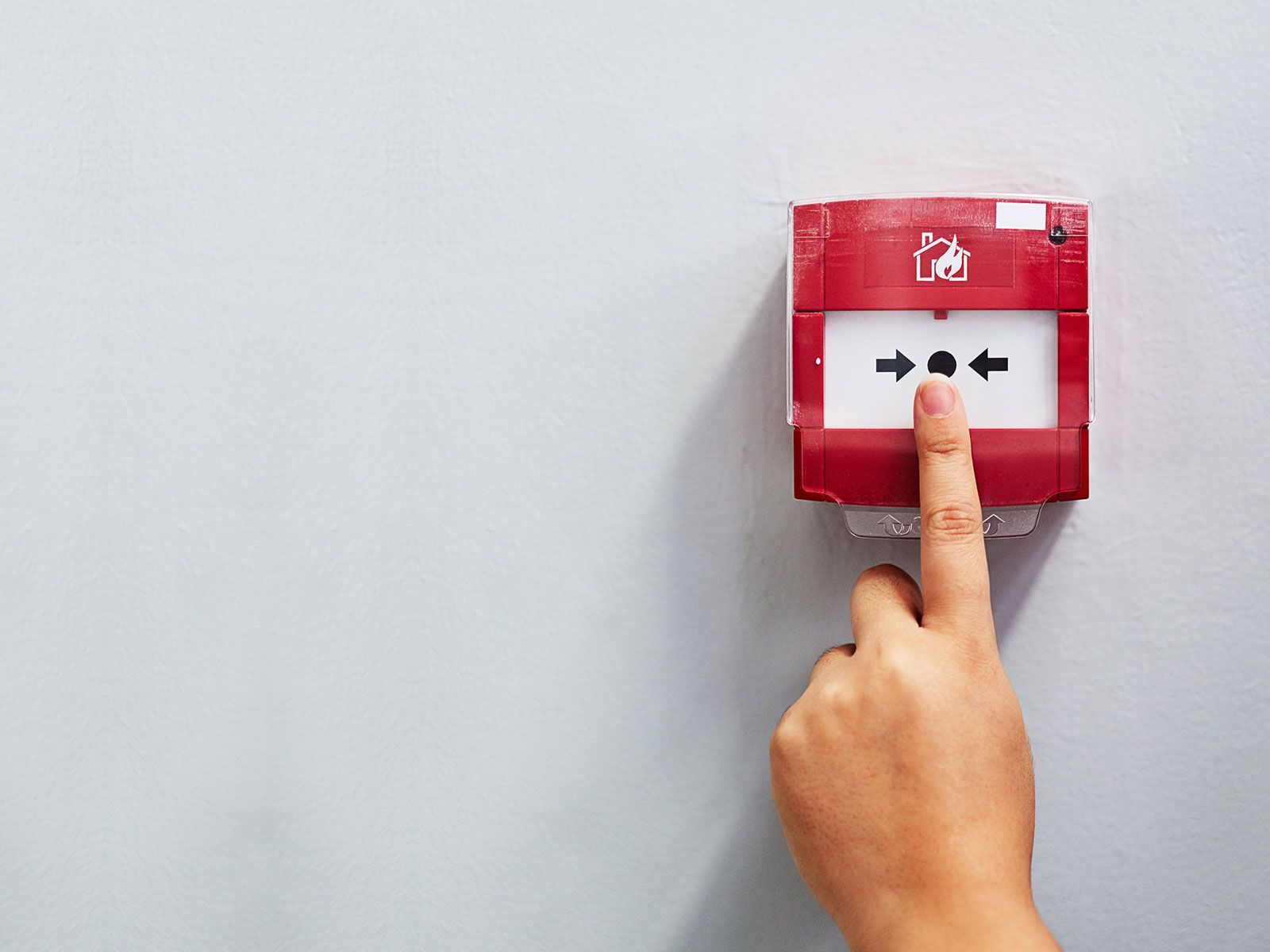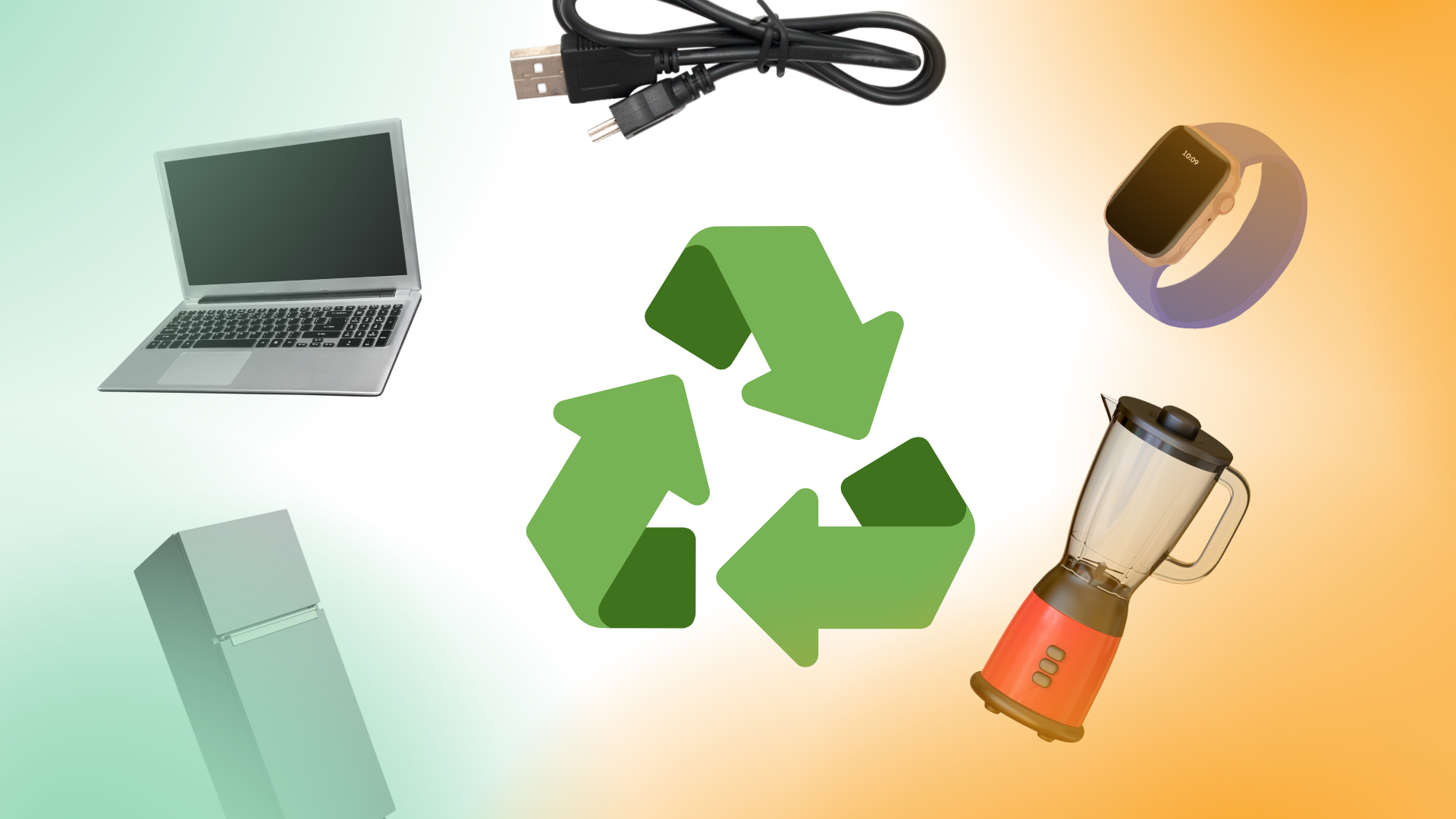Lightning Protection Inspection
Fast, Reliable & Cost Effective Lightning Protection Services for London, Surrey, Kent & Sussex.

Quick Quote
We will get back to you as soon as possible.
Please try again later.
PAT Testing ● EET Testing ● EICR Testing ● Emergency Lighting Testing ● Fire Alarm Testing ● Fire Extinguisher Testing ● Fire Risk Assessments ● Legionella Testing ● Lighting Protection ● Thermal Imaging ● Electrical Remedial & Installation Work

Lightning Protection Testing Services
After the installation of a lightning protection system, it is essential to conduct professional testing at least once a year. This ensures the system's capability to safely conduct potential lightning strikes to an appropriate earthing point. By doing so, compliance is ensured with the Electricity at Work Act 1989 and BS EN 62305.
Our team of expert engineer specializes in detailed testing and inspection of completed lightning protection installations. We meticulously verify that the installation aligns with the correct specifications and complies with all relevant legislation.
What does a lightning protection system consist of?
Air protection terminals
These are the rods that go in the high points of buildings, they are used to draw lighting. There are set rules for their length, spacing and layout that should be checked along with the state of repair.
Conduits
These are the cables (usually copper) that connects the air protection terminals to the ground, allowing the lightning to get to earth.
Ground contact
These are connections to the ground that allows the lightning to disperse you normally need a minimum of two. Most people don't realise how large these are, or far they go down - the rods are 10ft and go at least 8ft deep in the ground.
Interconnection
These reduce what is know as side flashes which is the lighting jumping across - this is done by linking large metal objects such as large vents, downpipes and such to the system. This also includes telephone, data and electrical systems to the fully safe.
Diverters
These devices stop electricity entering the building via things like telephone and power cables, which can in turn create surges that can damage systems and equipment which can greatly affect business continuity.
What is lightning protection testing?
For new systems
Put really simply, a lightning protection test ensures your system is working and compliant. We conduct a series of specialist tests to confirm the system is working. These tests usually take no more than a day.
Recertification
This is where a system is re-tested in the same way and certified based on changes that may have occurred to the building makeup, equipment inside or to standards that may have changed and been updated since the system was installed.
How often should lighting protection testing be done?
We would recommend at least every 5 years, however there are many factors that can being this forward such as the structures location and use - there are also instances such as changes to a building, extension's and re-modelling which may need recertification. Of course, you need to get systems checked also when lightning strikes occurs, or if a building suffers any damage to its exterior which may put the lighting protection system as risk.
How often should lighting protection inspections be done?
We recommend lighting protection system inspections yearly, this way you can pickup on wear and tear, corrosion and other things early which may cause a system to fail testing.
Section 5 of the Electricity at Work Act 1989 says lightning conductors should be visually inspected and tested at regular fixed intervals, not exceeding 12 months.
Visual inspections like these are great to do before seasons with increased lighting events.

Ensure You're Compliant

Professional & Accredited
It’s crucial for work of this kind to be carried out by one of our fully qualified engineers. Our expert team can assess the scope of work required and take care of everything in next to no time. We can now carry out Lightning Protection Testing for Domestic and Commercial buildings.
Our Services
Sound & Stage
PAT Testing (EET Testing)Thermal Imaging
Thermal ImagingOn time , very efficient and polite. I would have no problem recommending this company and will be using them in the future.
This is the first time we have used Southern EET Testing. We found James to be efficient and courteous during his time on our premises and, as a local supplier, will certainly use them again.
Great service from the first phone call through to completion. We were on a tight time frame and they were able to come out to us at short notice and at a time and date specified by us.



Contact Us
We will get back to you as soon as possible.
Please try again later.
Blog

Contact
0345 017 9747
info@southerneettesting.com
Southern EET Testing
124 City Road, London, EC1V 2NX



















